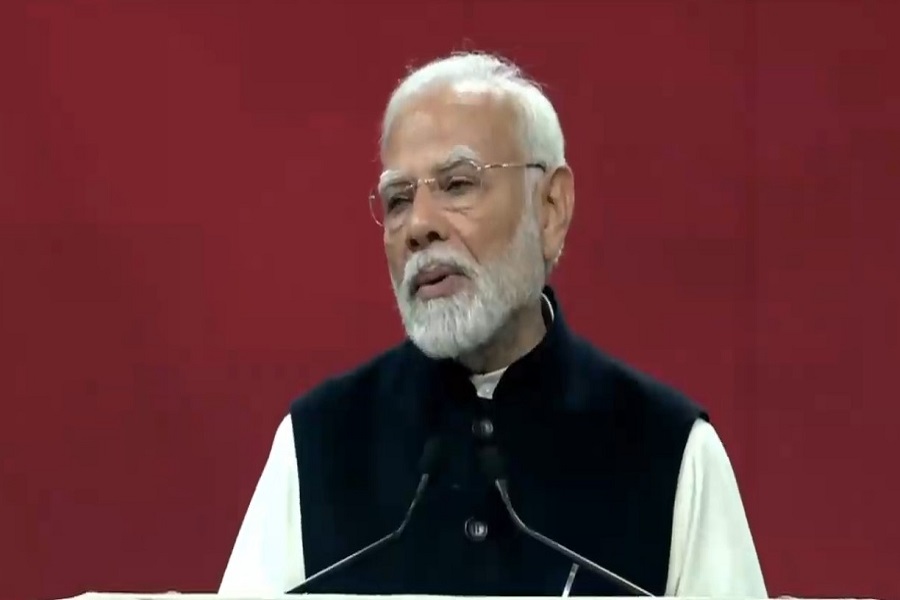Repo Rate Unchanged at 6.5% as RBI Maintains Hawkish Pause - CareEdge
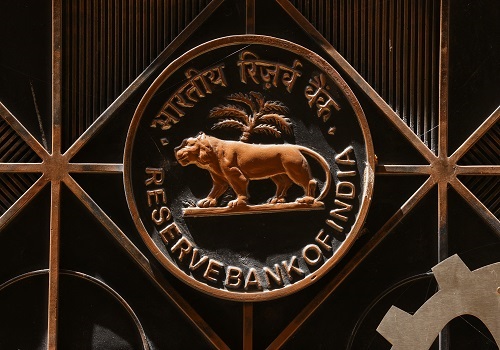
The Monetary Policy Committee (MPC) of the RBI maintained a status quo on the repo rate keeping it unchanged at 6.5% in its second bi-monthly policy meeting of the current fiscal. This marks the second consecutive meeting wherein the MPC decided to keep the repo rate unchanged after having raised it by a cumulative 250 basis points (bps) during the last fiscal. The Liquidity Adjustment Facility (LAF) corridor was maintained at 50 bps with the Standing Deposit Facility (SDF) and Marginal Standing Facility (MSF) unchanged at 6.25% and 6.75%, respectively. The MPC maintained the policy stance at ‘withdrawal of accommodation’ reflective of RBI’s vigilance on the inflation front. In terms of the view of MPC members, while the decision to keep the repo rate unchanged was unanimous, the members were split over maintaining the policy stance at ‘withdrawal of accommodation’ with a vote of 5:1.
The decision to continue holding the pause button on policy rates comes at a juncture when retail inflation is seen moderating and domestic growth has been holding up well. Several high-frequency economic indicators such as GST collections, e-way bill generation, air passenger traffic, manufacturing and services PMIs continue to point towards sustained momentum in the economy. Though the RBI decided to keep the policy rates steady drawing comfort from the softening retail inflation, the central bank’s commentary reflects a cautious undertone. With inflation yet to see a durable easing to the medium-term target of 4%, the RBI reiterated its commitment to ensuring price stability. Risks to domestic inflation persist on account of a volatile global scenario, the uncertain trajectory of global commodity prices and domestic weather-related risks. Thus, a fairly resilient growth scenario coupled with inflation ruling above the medium-term target supports the possibility of an extended pause in the policy rates in 2023.
Table 1: MPC Policy Decisions & Voting Patterns

RBI Retains FY24 GDP Growth Projection at 6.5%
The domestic economic growth surprised on the upside, with GDP growth print at 6.1% in Q4 FY23. The economy’s better-than-expected performance in the final quarter took the full-year growth to 7.2%, higher than the advance estimate of 7% growth. The services sector continued to steer growth supported by a rebound in discretionary spending as seen in the recovery of contact-intensive sectors such as trade, hotel, and transportation. More importantly, industrial growth picked up on the back of a rebound in the manufacturing sector and the healthy performance of the construction sector. The manufacturing sector’s improvement comes as a relief given that it has been reeling under the impact of weak external demand and uneven domestic demand recovery. A healthy performance of the agricultural sector despite the impact of weather-related disruptions also supported the domestic growth scenario in FY23.
The RBI retained its projection for real GDP growth at 6.5% in FY24 with minor shuffling in the quarterly growth projections. The RBI revised its growth forecasts slightly higher in the first two quarters of FY24 drawing comfort from the resilience in the domestic economy. With the domestic growth holding up well, we have raised our GDP growth projection to 6.5% for FY24 (from the previous projection of 6.1%). The easing in rural inflation, improving wages and robust agricultural output is likely to bode well for the fragile rural demand. However, weather-related uncertainties associated with El Nino could dampen the rural demand recovery. Although the recovery of the manufacturing sector in the last quarter of FY23 is encouraging, challenges from external demand slowdown are expected to persist. However, the lower drag from net exports amid moderation in the trade deficit would be supportive of growth. Overall, risks emanating from global vulnerabilities pose downside risks to the domestic growth scenario.
To Read Complete Report & Disclaimer Click Here
Above views are of the author and not of the website kindly read disclaimer



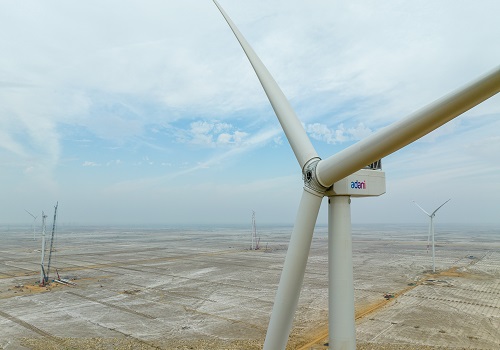
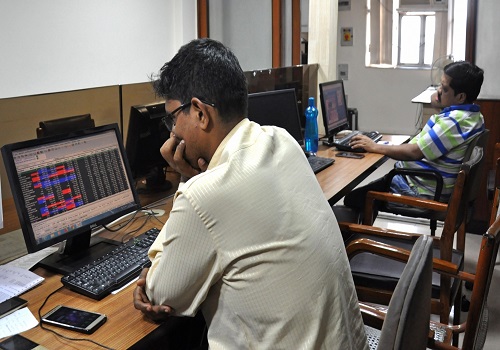


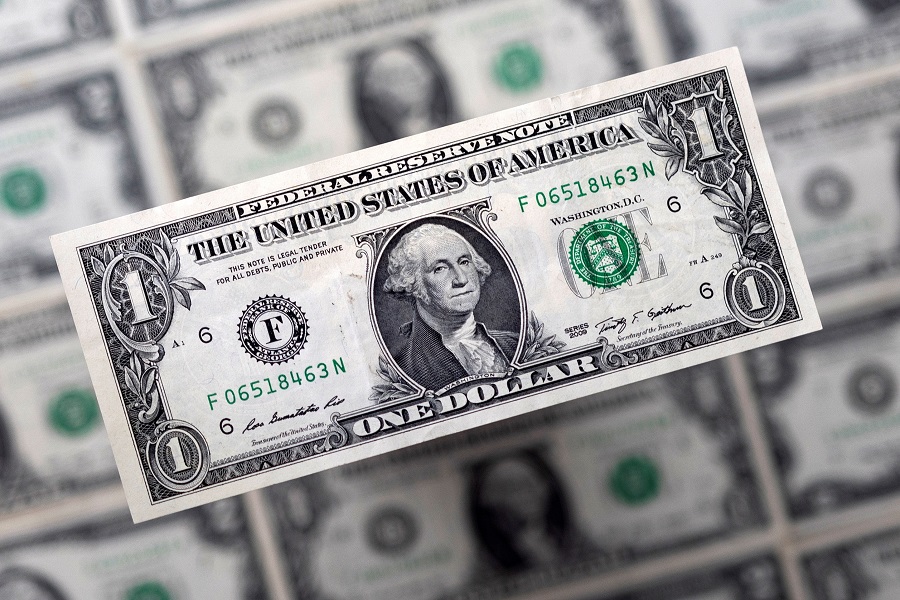


Tag News

Monthly Debt Market Update, September 2023: CareEdge Ratings












